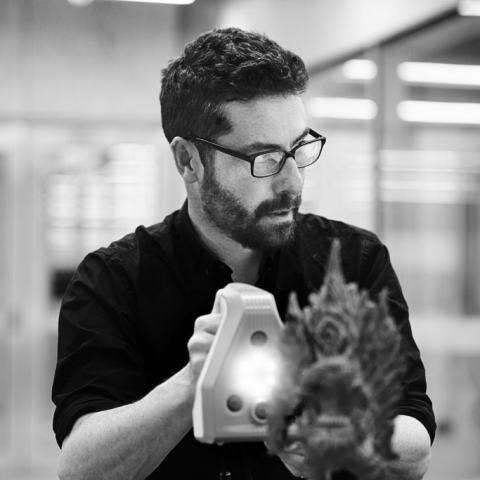Primary supervisor
Thomas ChandlerResearch area
Embodied VisualisationRecent advances in technology mean we can now reappraise the exploration of the past as a future-aligned endeavour. The definition of the ‘past’ here is broad; the reconstruction of a bygone world may derive from relatively recent written texts or photographic archives, from centuries old remains uncovered in archaeological excavations, or even far back in ‘deep time’, to the long-vanished ecologies evidenced in the fossil record.
The evidence for any given reconstruction can draw upon diverse sources, for example, digital cartography, tangible or intangible heritage, visual, sonic and textural primary and secondary sources, epigraphy, palynology and palaeontology. And so too can the technologies – 3D modelling, AI, animation, game engines, AR and VR, simulation and haptics.
Possible lines of investigative research may include the re-enactment & simulations of hypotheticals or concrete events, immersive analytics, historical accounts within in urban history, and the communication of spatial & ecological narratives, to name a few. However, at the heart of this project is the sustained study of a place – a neighbourhood, a city, a landscape – in history.
Required knowledge
Virtual Heritage Practitioners, Digital Humanities, 3D Animators, Digital designers/producers, Creative technologists/ Media artists, Digital designers/producers
